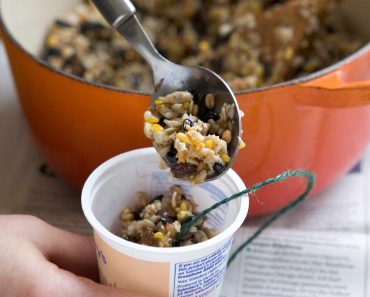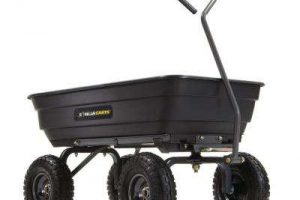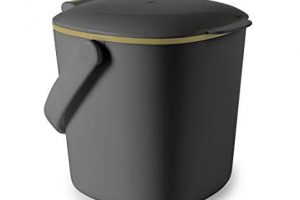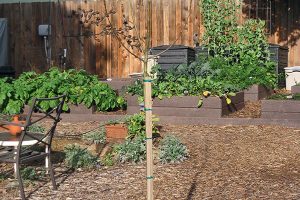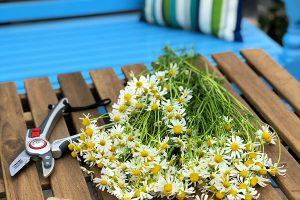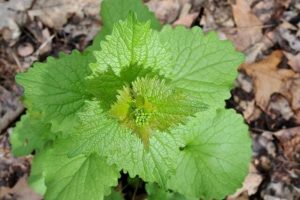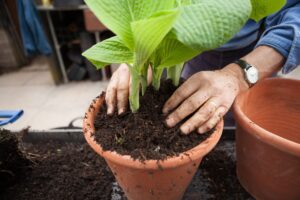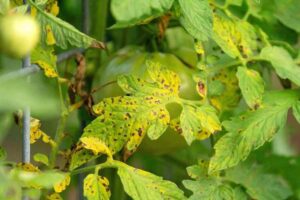Berberis is a genus of thorny shrubs with bright spring flowers and dark berries – deciduous varieties have striking autumn foliage. Known as barberry or barberries, they’re a good choice for growing as low hedging or as border plants, and come in a range of sizes.
There are two main parent plants for the wide choice of cultivars: Darwin’s barberry (Berberis darwinii) is native to Chile and Argentina and is upright, evergreen and bears small, spiny leaves, yellow flowers and blue berries. Japanese barberry (Berberis thunbergii), is a deciduous shrub with brilliant red autumn foliage.
Berberis plants are toxic. Berberis berries and seeds can also be toxic, especially unripe berries and those of cultivated varieties. They should not be eaten, particularly by pregnant women, as they can cause uterine contractions.
Where to grow berberis

Grow berberis in well-drained soil in full sun to partial shade. They work well in borders as specimen shrubs and also make good formal or informal hedges, with the spiny stems helping to deter intruders. Birds eat the barberry fruits, so they’re a good addition to a wildlife border.
When to plant berberis
Deciduous berberis in containers can be planted from autumn to spring as long as the ground isn’t frozen or waterlogged. Evergreen berberis are best planted in mid-spring or mid-autumn, when soil conditions are warmer. In colder areas, spring planting is better.
Bare-root plants are available for planting in the dormant period between November and March. Bare-root plants are cost-effective – particularly for hedging – and have the advantage of not requiring plastic pots.
How to plant berberis

Wear gloves and eye protection when handling berberis plants, as the spines can cause harm.
If planting pot-grown berberis, dig a generous hole, position the plant so the top of the rootball sits level with the soil surface, back-fill with soil, firm and water thoroughly.
If planting a bare-root berberis, prepare the ground before the plant arrives. Soak the roots for an hour and lightly prune them before planting. Dig a hole (or trench if you’re planting a hedge) and plant at the same depth as the soil mark, which is usually low down on the stem or just above the roots. Backfill with soil and firm gently, then water thoroughly. Add an organic mulch to help conserve moisture, making sure it doesn’t touch the stems.
If planting in a pot, choose a container only a few centimetres larger then the pot you bought it in, and part-fill with a loam-based compost such as John Innes No. 2. Position the rootball so it sits just below the rim of the pot, and backfill with compost. Water well.
How to care for berberis
Water berberis plants for the first year or two in dry periods, especially during the summer months. Most berberis in the ground won’t require feeding, but they benefit from an organic mulch with garden compost or leaf mould in spring.
Pot-grown berberis will need watering more frequently – sometimes every day in summer – and feeding fortnightly with a liquid fertiliser in the growing season. In spring, remove the top 5cm of compost and replace with fresh.
How to prune berberis

Prune evergreen or semi-evergreen berberis lightly once a year to maintain their shape. Formal hedges can be pruned twice a year. Bear in mind that, if cut back after flowering, shrubs will not produce berries, so trim in winter if you want to keep the fruit.
Prune deciduous berberis in winter, when plants are leafless and dormant. Most varieties need minimal pruning, just to keep their shape, but variegated varieties benefit from a harder prune, to enhance their spring display. Every few years, cut old stems to the ground to stimulate new growth. Dead stems are best removed in summer, when they’re more visible.
How to propagate berberis
Propagate berberis by taking semi-ripe cuttings in late summer or early autumn.
Pests and diseases
Look out for small caterpillars that are the larvae of the berberis sawfly. These can quickly strip a plant of its leaves, which can be devastating for a berberis hedge. Check plants from April to October, and if you spot an infestation, organic and non-organic sprays are available, but tend to be more effective on young larvae.
Advice on buying berberis
- Decide whether you want an evergreen or deciduous shrub before you choose which berberis to buy
- Check the final size of the berberis you choose, as different species and varieties can vary significantly in size
- Always check plants for signs of damage or disease before planting
Where to buy berberis online
Berberis varieties to grow

Berberis darwinii ‘Compacta’ – a compact cultivar, bearing small red-bronze leaves which mature to green, and rich golden-yellow flowers, followed by edible blue berries. It’s perfect for growing in a mixed or shrub border, and makes a good low hedge. Height x Spread: 0.9m x 0.9cm
Berberis x lologensis ‘Apricot Queen’ – with apricot orange flowers on long racemes, this is lovely spring-flowering shrub. It’s best grown in a mixed border, with space to spread naturally. The Royal Horticultural Society has given it the prestigious Award of Garden Merit (AGM). H x S: 3m x 3m
Berberis thunbergii f. atropurpurea – a good shrub for year-round interest, with pale-yellow flowers in mid-spring and dark red-purple leaves that turn a brilliant shade of red in autumn. H x S: 1.5m x 1.5m
Berberis thunbergii ‘Tiny Gold’ – a compact golden-leafed variety that will brighten up a dark corner, with foliage turning red in the autumn. H x S: 0.5m x 0.5m
Frequently asked questions
How high does berberis grow?
The height of berberis depends on the species and variety. They can vary from 0.3m for compact types to up to 5m high for larger berberis.
What is berberis good for?
Berberis is ideal as a specimen plant (either for evergreen structure or vibrant deciduous foliage) and as a wildlife-friendly boundary hedge to keep out intruders.




